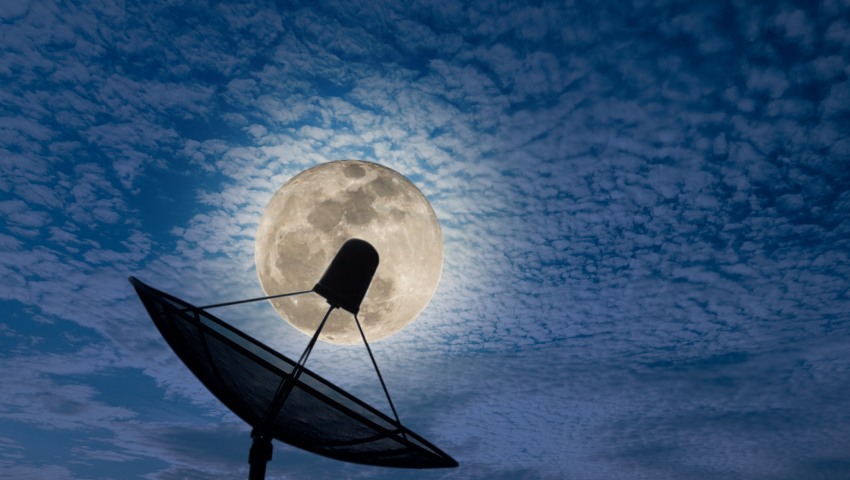The newly acquired subsidiary of Raytheon Technologies will report to the Raytheon Intelligence & Space business unit, supporting the growing demand for space technologies.
Raytheon Technologies confirmed that the Arlington-based company had recently acquired the privately owned SEAKR Engineering, with the space electronics firm now reporting into Raytheon Intelligence & Space.
President of Raytheon Intelligence & Space, Roy Azevedo, explained that the acquisition enabled the Raytheon business lines to meet a growing demand for space technologies.
“Today’s growing space market demands greater innovation, technological expertise and ability to deliver to a higher space standard faster,” Azevedo said.
“SEAKR Engineering provides depth and strength across all these areas with a portfolio of proven space electronics and a forward-leaning culture of commitment, and we welcome them to the RI&S team.”
SEAKR, founded in 1981, develops electronic parts of advanced processors, networked systems, reconfigurable radio frequency and electro-optical payloads, as well as digital channelisers and beamformers.
According to a release from Raytheon, systems that utilise SEAKR’s Radiation Hardened System By Design have been used in over 300 space missions, with a reported success rate of 100 per cent.
In August, Raytheon Intelligence & Space approved the company’s competitive sensor payload to progress onto the next phase of development, which includes risk reduction, manufacturing and testing procedures.
The sensor payload was designed for the US Space Force’s Next-Generation Overhead Persistent Infrared (Next-Gen OPIR), Block 0 GEO missile warning satellites. The geosynchronous satellites are currently under construction by Lockheed Martin.
Paul Meyer, vice president of space and C2 for Raytheon Intelligence & Space, welcomed the opportunity to provide capability improvements to the US’ early warning detection systems.
“Protecting the US and our allies from the threat of adversaries’ advanced missile technology begins in space,” Meyer said.
“With this most recent milestone, we are on schedule with Lockheed Martin on this go-fast program.”
According to a statement by the company, much of the testing throughout the next phase is undertaken throughout a digital environment, enabling engineers to identify the entire mission all the way from design, through launch and to post-delivery support.
[Related: Raytheon’s Growler Next-Gen Jammer takes to the sky for flight testing]









